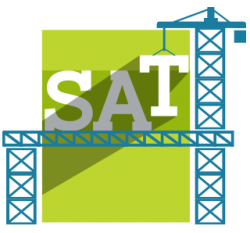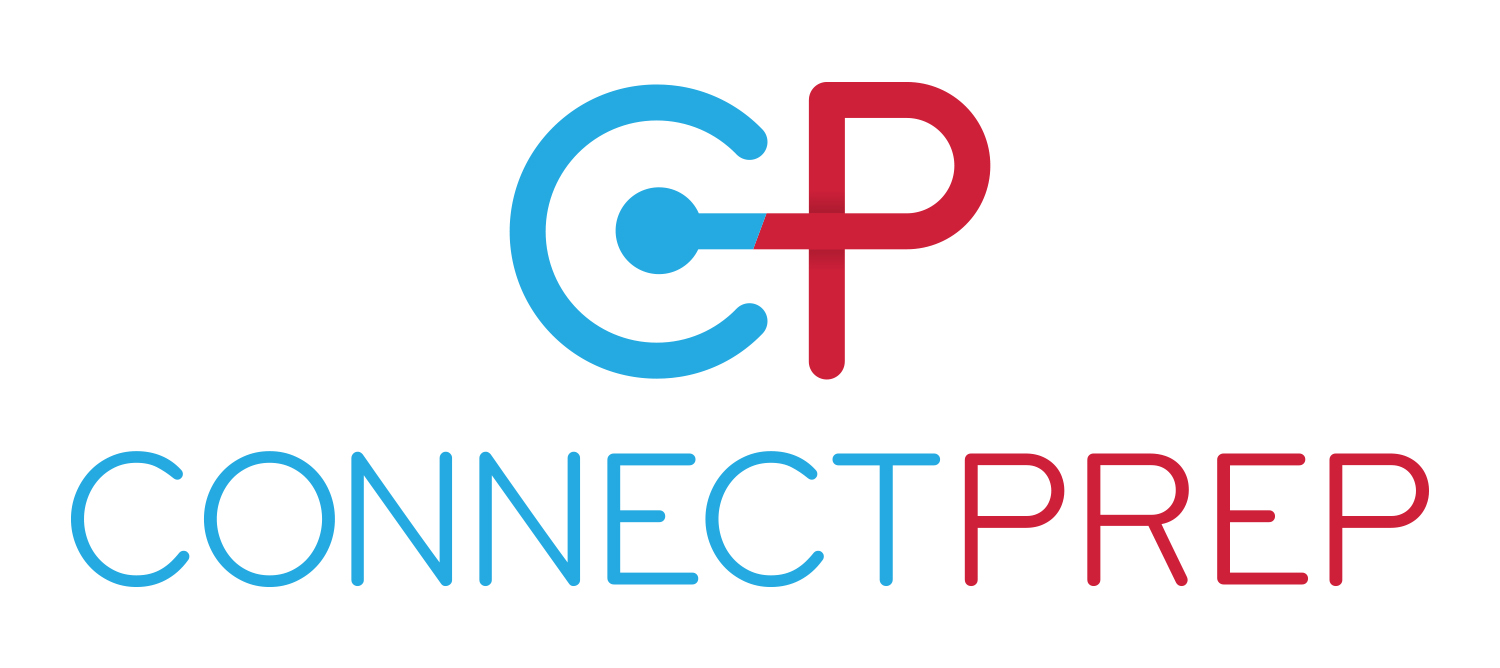
The SAT, a critical component of college admissions in the United States, is undergoing a significant transformation. Starting in March 2024, the traditional paper-and-pencil format will be replaced by a digital version, marking a pivotal shift in how students prepare for and take the exam. This change, as reported by USA Today, reflects the evolving landscape of standardized testing and the broader educational sphere. In this blog post, we’ll explore the implications of the digital SAT and how ConnectPrep is uniquely positioned to help students navigate this new terrain.
Understanding the Digital SAT
The transition to a digital format is not merely a change in medium; it fundamentally alters the test-taking experience. The digital SAT will be administered on personal or school-provided laptops or tablets through an app called Bluebook. This new format introduces an adaptive testing model, where the difficulty of the second part of each section (math and reading) is determined by the test taker’s performance in the first part. This means that a student’s ability to navigate the digital interface and adapt to the changing difficulty levels will be crucial for success.
Moreover, the digital SAT is designed to be more concise and efficient, reducing the total testing time by about an hour compared to its predecessor. This change aims to lessen test fatigue and anxiety, potentially benefiting students’ overall performance. However, it also means that students will need to adjust their test preparation strategies to account for these new dynamics.
Challenges and Opportunities
The shift to a digital format raises several concerns, particularly regarding accessibility and equity. Students with limited access to technology or those who are less familiar with digital testing platforms may find themselves at a disadvantage. Additionally, the adaptive nature of the test could impact students differently, potentially exacerbating existing disparities in test performance.
However, this transition also presents opportunities. The digital SAT’s design to be more engaging and less stressful could lead to a more positive test-taking experience. Furthermore, the unique format of the test necessitates the development of new study materials and preparation strategies, opening doors for innovative approaches to test prep.
How ConnectPrep Can Help
ConnectPrep is at the forefront of adapting to these changes, offering tailored preparation programs that cater to the nuances of the digital SAT. Our approach includes:
- Digital-First Preparation: Our resources are designed with the digital format in mind, ensuring that students are comfortable and proficient with the technology and interface they will encounter on test day.
- Adaptive Learning Techniques: We incorporate adaptive learning strategies into our test prep, mirroring the structure of the digital SAT. This helps students become accustomed to the test’s format, improving their ability to handle varying difficulty levels.
- Comprehensive Resource Availability: Recognizing the scarcity of digital prep materials highlighted by the transition, ConnectPrep has developed a wide range of digital practice tests and study aids. These resources are aligned with the new SAT format, providing students with the tools they need to succeed.
- Focus on Equity and Accessibility: ConnectPrep is committed to ensuring that all students, regardless of their background or access to technology, can prepare effectively for the digital SAT. We offer programs and scholarships aimed at bridging the digital divide and making high-quality test prep accessible to everyone.
The digital SAT represents a significant shift in standardized testing, with implications for college admissions and educational equity. As the landscape evolves, ConnectPrep remains dedicated to providing students with the resources, strategies, and support they need to thrive in this new era.
For more detailed insights into the changes to the SAT and their implications, refer to the original article from USA Today: SAT exams will see big changes in 2024. What students need to know.
Further Reading:
- College Board launches digital SAT – Inside Higher Ed discusses the launch of the exclusively digital and significantly shorter SAT.
- The SAT test is going digital. Here’s what you need to know. – 19th News explores the new adaptive exam format and its potential impact on test score gaps.
- All-digital SAT to make its debut as many schools go test-optional – Newsday reports on the debut of the all-digital SAT in the context of the growing trend of schools adopting test-optional admissions policies.


